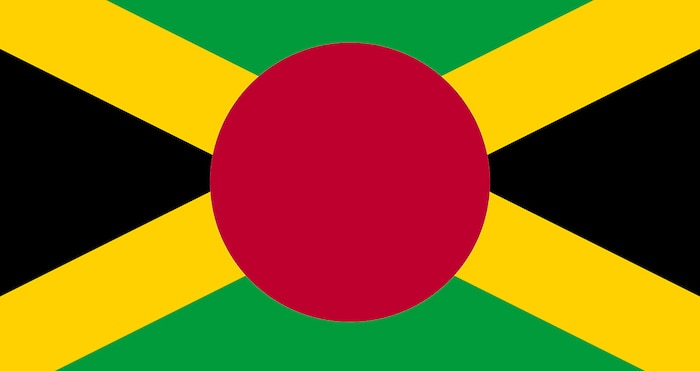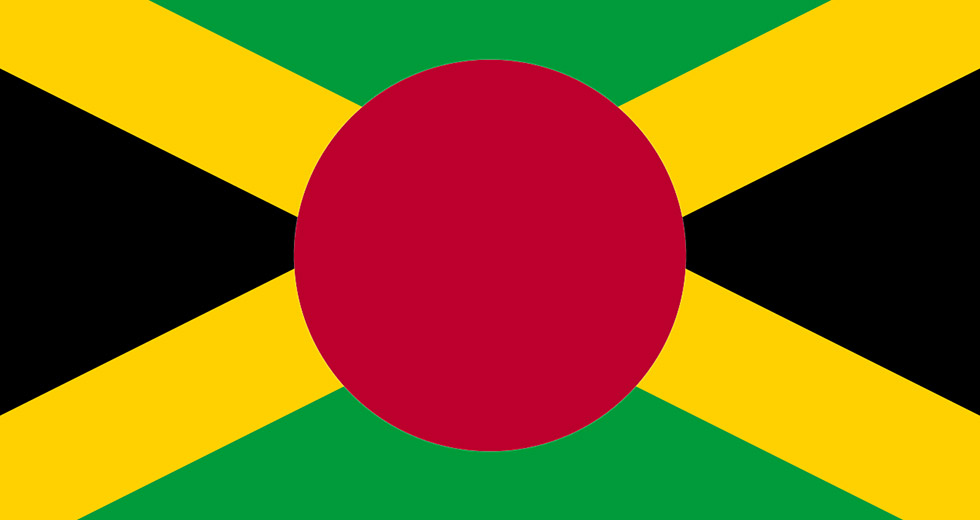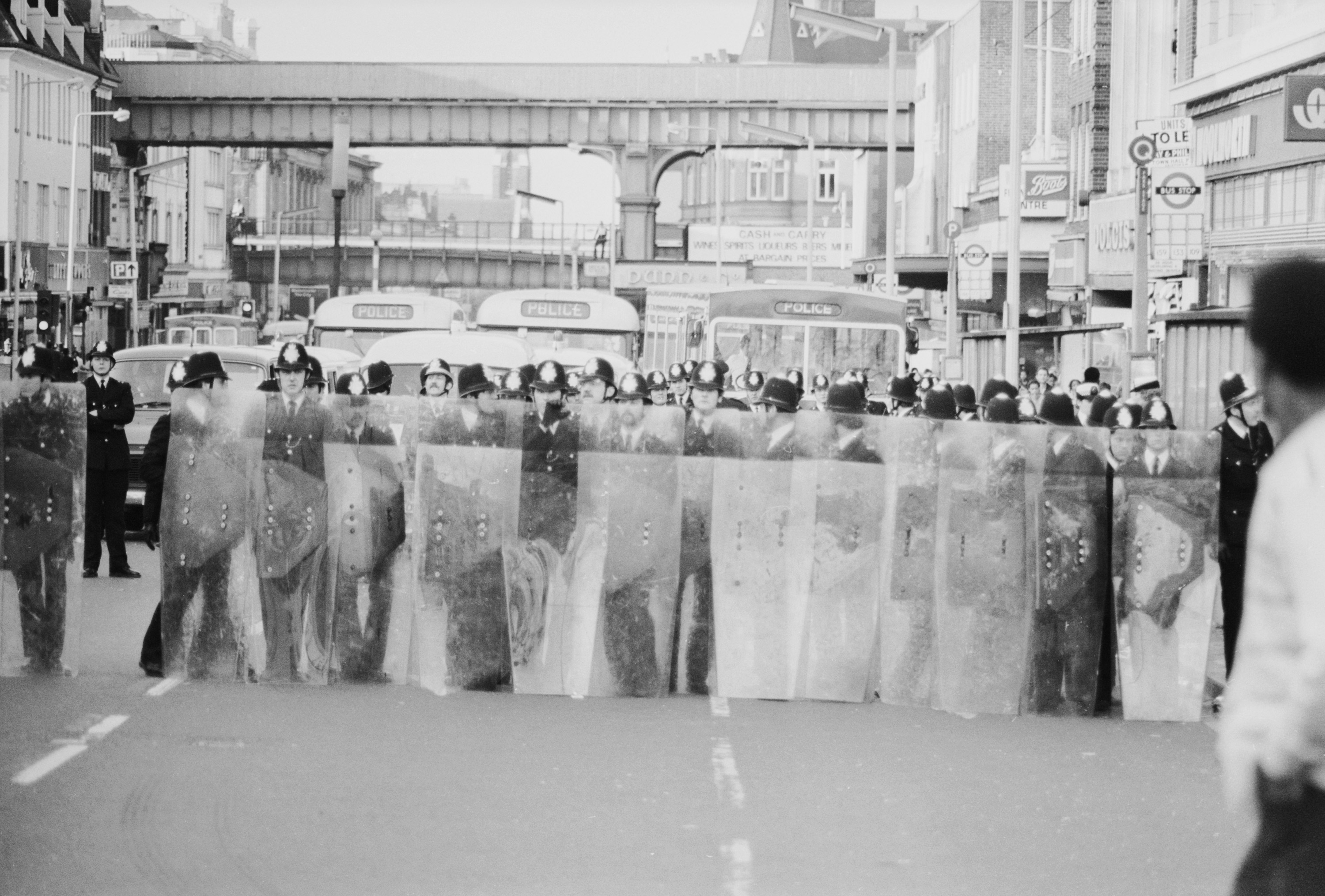Kodo Ejima: The Reggae Monk of Kyoto
David Katz profiles one of Japan’s biggest Jamaican music fans.

Walk past Ryuganji temple in Kyoto’s Hachijobomoncho district, and you may hear the rumble of subsonic bass frequencies. “My sound system is called Ryuganji Hi-Power,” says 67-year-old chief monk Kodo Ejima, who has devoted his life to the twin streams of Buddhism and reggae. “There are four set of units with two 46-centimetre woofers each. I use one unit at home, and the other three are used for sound system sessions.”
Since Ejima’s father was a chief temple priest in Yoshida, near Shimonoseki, Buddhism has always been part of his life, but a love of reggae is something he cultivated over time. “I was a child of the temple, so that means I already related to Buddhism when I was born, and I had to learn how to hit mokugyo [a wooden percussive struck during Buddhist rituals] before I started primary school,” he explains. “It was when I was at high school that I started to search for theories of religion, and the contents of Buddhism voluntarily; my religious affiliation belongs to Jōdo-shū, originated by Hōnen, which focuses on chanting the name of Amitabha Buddha. As I became a university student, I began training to be a qualified monk.”
While his journey in Buddhism is fairly straightforward, Ejima says his musical encounters took a less linear path. “On Radio FEN, I caught Elvis Presley and Paul Anka in real-time. As soon as I began high school, I became a Beatles follower. I was so passionate about their film A Hard Day’s Night, and I was a Beatles maniac until they broke up. After that, I listened to blues, rhythm and blues, jazz, canzone, chanson, and classical music, until I heard Bob Marley’s music in the mid-’70s.”
The introduction to Marley was an epiphany: “Crossover music and fusion had already caught my ears, with Latin sounds such as tango, cha cha cha and bossa nova, but after all that, Exodus made a huge impact on me. I felt this was something completely different from any other music.”
“As I went to Jamaica for the first time, I was shocked by the sound systems on the street, especially their heavy bass – a prolonged loud noise that felt like an explosion.”
Once Ejima began frequenting a noted Tokyo reggae bar, his musical horizons significantly broadened. “In January 1982 I went to a bar in Shibuya called Black Hawks, and that’s how my reggae history really started. Mr. Manabu Kato, who was responsible for the bar, became the editor of Sound System Magazine (later known as Reggae Magazine), and he was like a great reggae master for me. I started going to Black Hawks often, and then I started to go to a specialist shop in Osaka called Lion Records where the owner of the shop selected 30 LPs for me, 15 of which were compilations with artists like Sugar Minott, Gregory Isaacs, Freddie McGregor, Dennis Brown, Third World, Steel Pulse, UB40, and so on.”
Soon Ejima was so steeped in reggae that he began writing about it for Reggae Magazine, and began broadcasting the music as well. “I started a small FM radio station in 1984 after I listened to tape recordings of DBC radio in London – the Dread Broadcasting Corporation... I kept doing it until the Radio Regulatory Bureau ordered me to stop at the end of 1990. I was also responsible for an AM radio show for six months, Osaka Radio Street; I believe that made a big contribution to help the musical time gap between Japan and Jamaica to become smaller than before, since Jamaican music always arrived in Japan a bit later at that time.”
As Ejima became more devoted to the reggae cause, he harkened after a deeper knowledge of the culture behind the music. He thus made the first of many pilgrimages to the island, which led to the establishment of Ryuganji Hi-Power. “As I went to Jamaica for the first time in 1984, I was very shocked by the sound systems on the street, especially their heavy bass – a prolonged loud noise that felt like an explosion – and the way they used equalizers so skilfully. I also visited Sugar Minott’s yard, where I enjoyed listening to his sound system in his garden; they had a really good bass sound, even though it was still the middle of the day. This experience made me feel like setting up my own sound system (though I was not able to do that until around 1990).”
Though Ejima has visited Jamaica many times since then – and has also sought out the vibrant reggae communities of London and New York (meeting Lee ‘Scratch’ Perry and Mad Professor at the former and Lloyd ‘Bullwackie’ Barnes at the latter) – he emphasizes that his maiden voyage to Jamaica was the most profoundly moving. “It was not only reggae music; it also let me know about the poverty in the society. But anytime I go there, even though it’s very little, I can see some social change, and I feel happy to observe that reggae music has changed and developed in Jamaica as well.”
Although Ejima says he does not play Ryuganji Hi-Fi at his own temple, he was keen to point out that his Buddhist teachers have not opposed his immersion in reggae culture. As he explains, “I have not brought my sound system into any activities at the temple. The temple does not belong to an individual, so I am not allowed to use the temple for my personal use; it’s necessary to get permission from the followers of the temple. But I think people who base their sound systems at a temple, like me, are increasing in number, little by little.”
“Even now, some people in Japan who know about reggae still would not know about Rastafarians; they would not even reach that point to get to know this music on a deeper level.”
In fact, Ejima believes that Rastafarianism and Buddhism have some elements in common. “Like the concept of the ‘heartbeat,’ or the notion of ‘I&I,’ which I tried to explain sometimes, though most Buddhists would not know that Rastafarians even exist.” That said, there’s a long way to go. “Even now, some people in Japan who know about reggae still would not know about Rastafarians; they would not even reach that point to get to know this music on a deeper level. So I don’t think it has really reached the stage to give people a chance to think about common thought between Buddhists and Rastafarians. And it’ll be an issue whether they accept this idea or not. As Japanese recognize ganja, in other words, the ‘Rastafarian’s herb,’ as a drug, generally it will be difficult for this part of the lifestyle to be accepted.’
Ejima wanted me to know that his journey in reggae has involved a reciprocal process, since several noted reggae luminaries have taken the time to visit Ryuganji. “Sugar Minott and member of the Wackies crew visited my temple,” he says proudly, “also Pinchers visited me two years ago, and Tony Screw from Downbeat the Ruler. And then, last October, Asher G the ‘Rocksteady Daddy’ visited me, he’s a veteran vintage reggae DJ in London; I played some records for him on my sound system and was amazed I got good feedback for every tune.”
Before we finished our conversation, Kodo Ejima pondered the question of why so many Japanese have been profoundly influenced by reggae. “I don’t think I can answer this question, as I believe each person accepts reggae music differently, so I would have to ask each one of them,” he suggests. “However, this is just my personal opinion: Japanese minyo or folk song have a primitive backing rhythm, or back-beat. That’s why it works for Japanese, naturally. And so much original Japanese music is based on the back-beat, but most Japanese do not realize how our original music is close to reggae music in this way. So this could be one element of why reggae is easily and naturally accepted here in Japan, which I believe secretly…but I wonder if it is true.”

